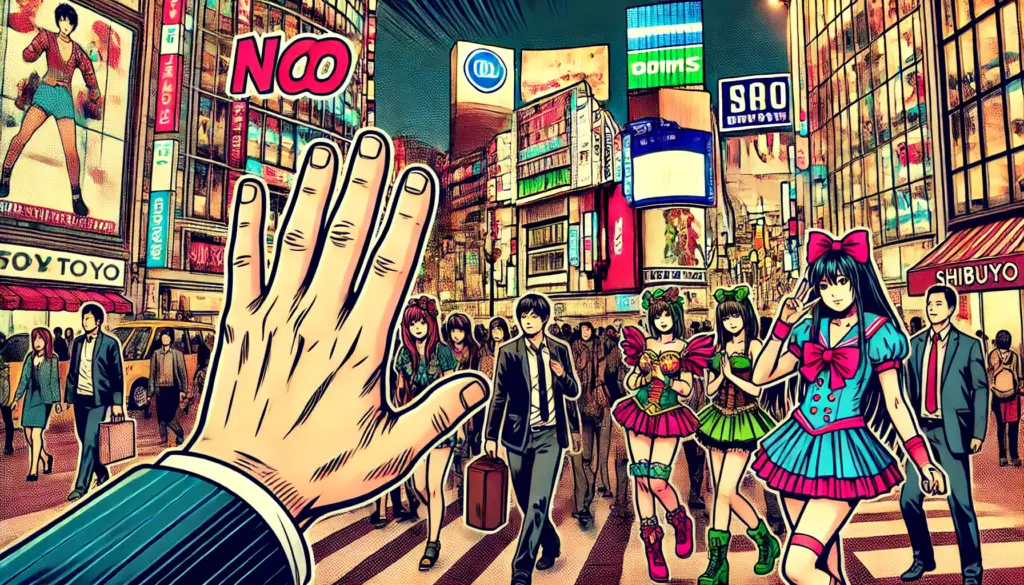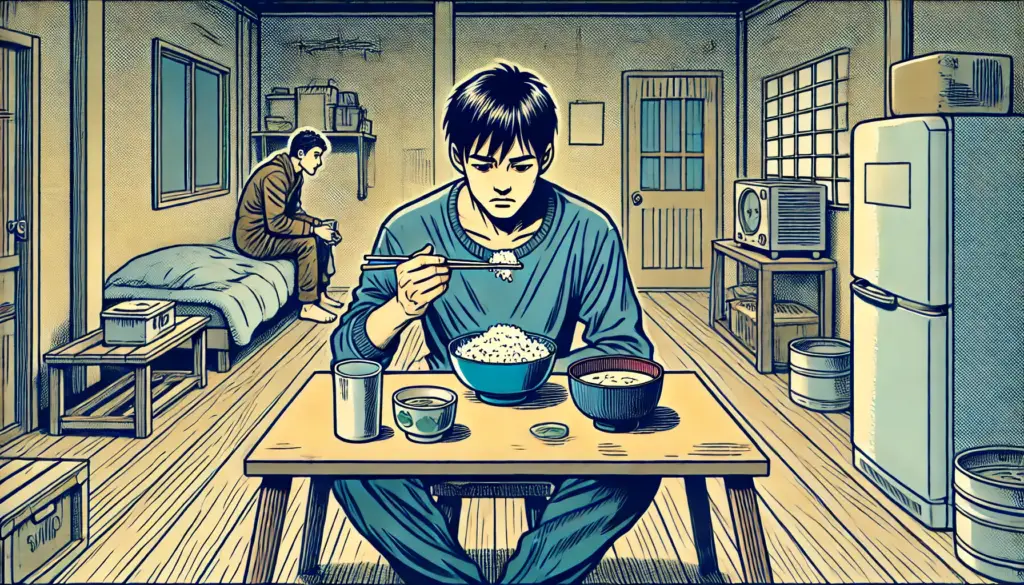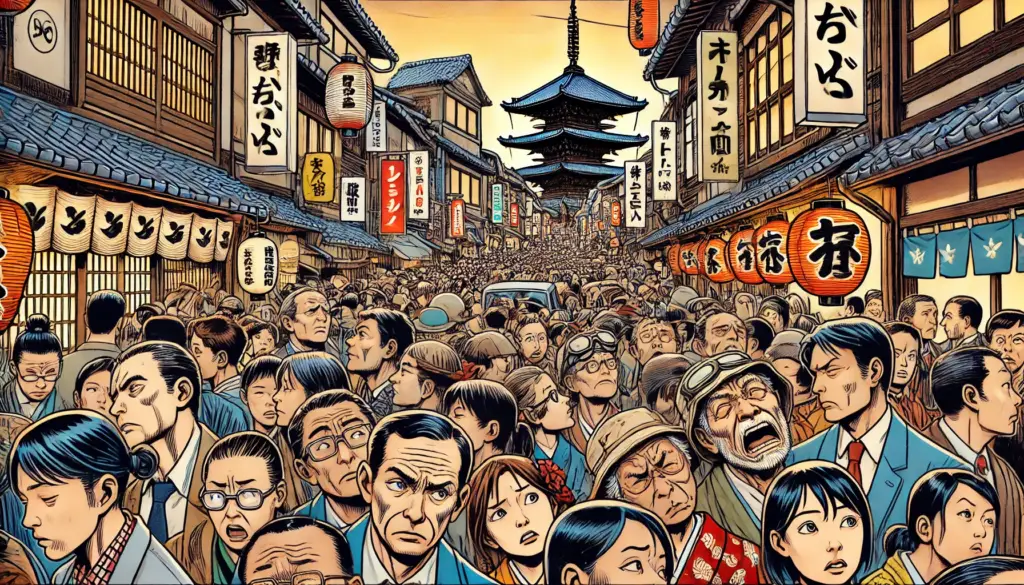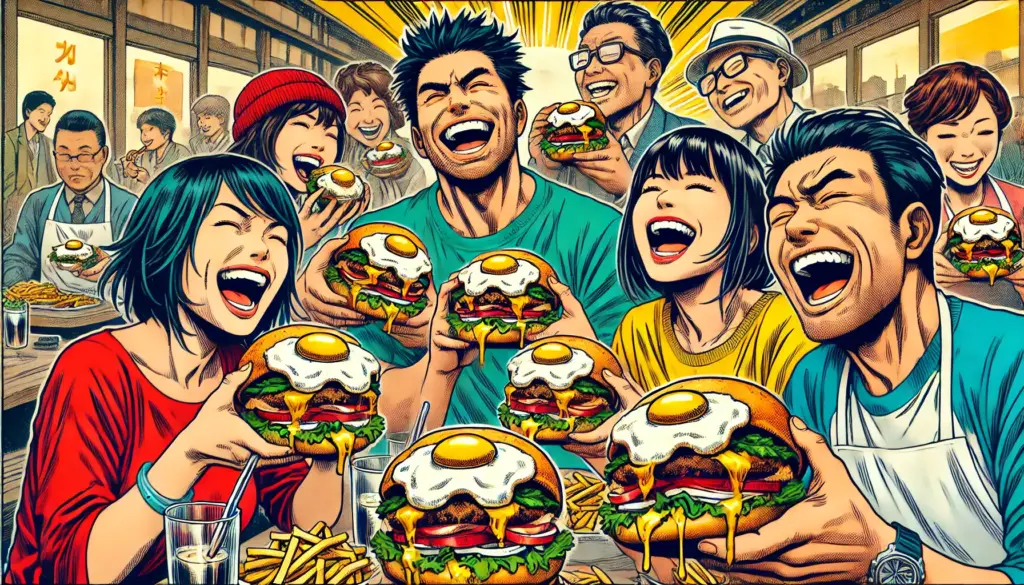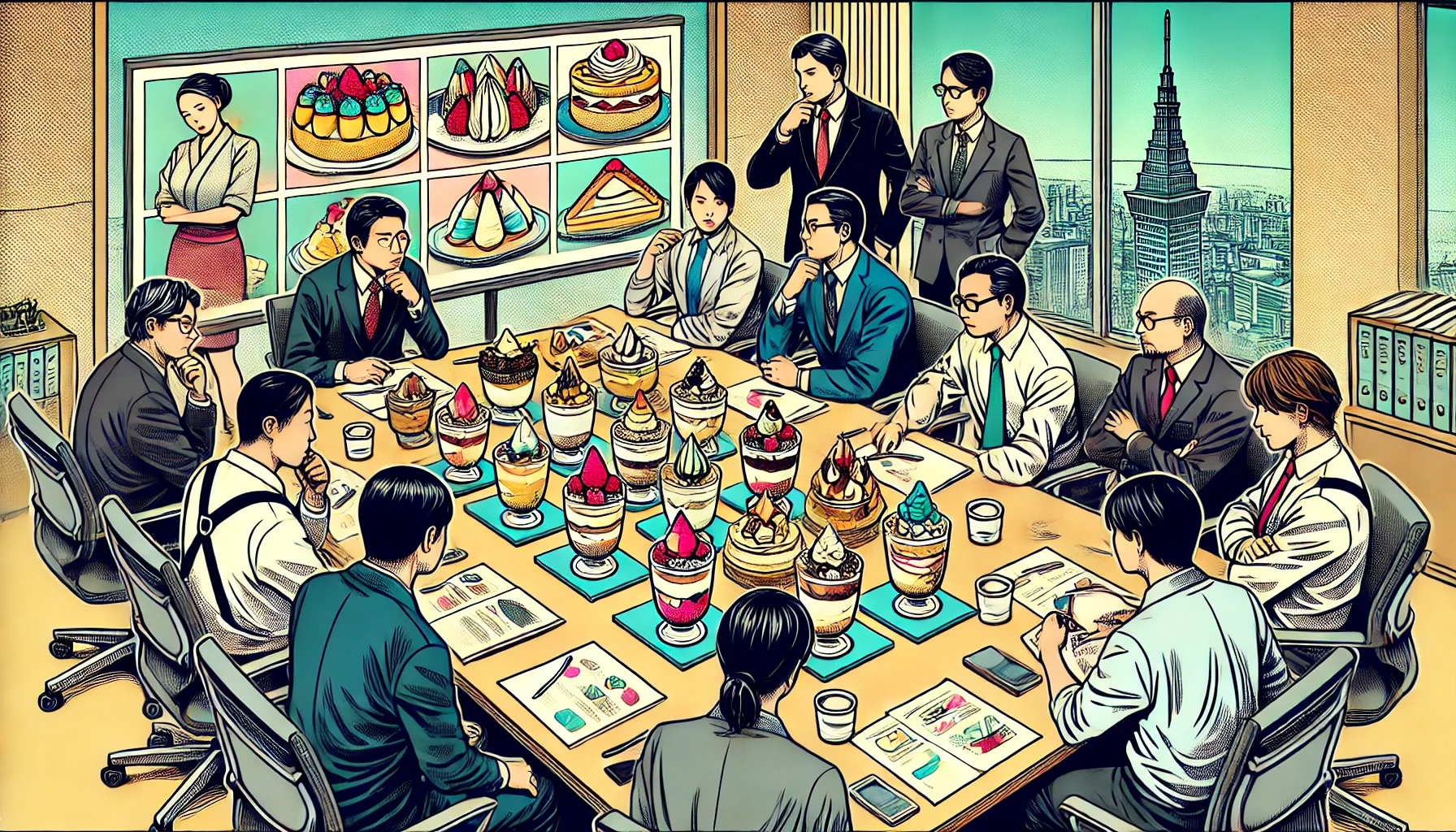
In Japan 🇯🇵, food isn’t just something you eat — it’s an ever-evolving cultural experience. Walk into any convenience store or chain restaurant and you’ll be greeted by a fresh wave of limited-edition snacks, seasonal desserts, or regionally-inspired meals. From sakura-flavored lattes in spring to sweet potato pies in autumn, these products disappear as quickly as they appear. But behind the dazzling variety lies a growing pressure on companies to innovate — constantly.
🍙 Convenience Stores: Innovation on Steroids
Japan’s “konbini” like 7-Eleven, Lawson, and FamilyMart are famous for rolling out hundreds of new food items every month. According to recent industry reports, major convenience store chains in Japan launch an average of 80–100 new products weekly, ranging from onigiri and sandwiches to sweets and drinks.
These products are often tied to the seasons — think yuzu in winter, cherry blossom in spring, melon in summer. The short product cycles create a feeling of freshness and urgency for consumers. But for developers, merchandisers, and suppliers, the pace is relentless. Products that don’t perform well are pulled within a week. The window for success is tiny.
🍔 Chain Restaurants: Limited Menus, Unlimited Pressure
Fast food chains and family restaurants like McDonald’s Japan, MOS Burger, and Saizeriya are no exception. They regularly release seasonal or campaign menus to maintain public interest and social media buzz. In 2025, McDonald’s Japan reintroduced its “Gracoro Burger” (a winter exclusive) with a new creamy twist — a move that boosted sales temporarily, but also raised the bar for next year’s innovation.
Employees in product planning departments often reveal in interviews that internal competition is fierce, with tight deadlines and high expectations to create something both new and profitable. Many seasonal items are also tested in limited regions before going nationwide, which adds logistical complexity.
🌸 The Culture of Seasonality
Japan’s deep-rooted appreciation for the seasons (shun) plays a central role in consumer expectations. People look forward to “the flavor of the season,” and brands that don’t keep up are seen as outdated or lazy. This creates a cycle of demand and supply that’s faster and more unforgiving than in many other countries.
Social media amplifies this pressure. Limited-time items trend quickly — and vanish just as fast. This puts companies in a constant race to be the next viral hit.
😰 The Human Cost of Constant Creation
While consumers enjoy the variety, insiders in the industry have voiced concerns about burnout, creative fatigue, and inefficiency. Product developers often work overtime, with some expressing that they are “already thinking about next spring” while current season launches are still ongoing. Smaller suppliers are also under strain to meet demand with little forecasting time.
There’s also increasing concern that excessive novelty leads to food waste and unsustainable supply chains — a hidden cost of innovation.
🌀 Will It Ever Slow Down?
Probably not anytime soon. As long as Japanese consumers value novelty, and as long as seasonal offerings drive foot traffic and social media shares, this breakneck pace of innovation will continue. However, some brands are starting to look at longer-term hits and signature products as a balance — a sign that the industry may seek stability alongside surprise.
✨ Final Thoughts
Japan’s food culture is beloved worldwide for its creativity and variety. But behind the beautiful bento boxes and Instagrammable parfaits lies a fast-moving engine of innovation — one that demands perfection in short cycles. As a consumer, the best thing you can do? Savor the moment — literally — because that flavor you love might be gone by next week.

